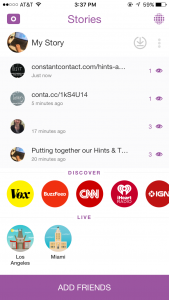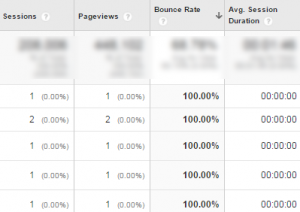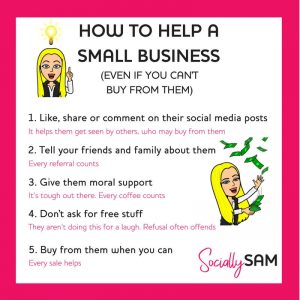No matter what industry you’re in, if you want your company to be successful, you have to establish a web presence. There’s no way around it. People turn to their smart phones and computers for everything these days; to help them locate the nearest froyo shop or find the perfect gag gift for Secret Santa. Even if you don’t do any business through it, you absolutely have to have a website – and you need that website to appear in Google search.
If you’re in the process of starting your company or it’s relatively new, chances are your website is still in its embryonic state too. There’s nothing wrong with that, but it means that it will take a bit of time before you start showing up in Google for high-volume search terms. It takes a while for your site to get indexed by Google, and once it does it has to “mature,” so to speak. New websites are genuinely seen as untrustworthy sources in the eyes of the algorithm, so until you start getting some high-quality links or build up your site traffic through social media, it’s unlikely that you’ll see a huge influx of organic traffic.
Nevertheless, there are a number of steps you can take to make your website as SEO-friendly as possible, and you’d be foolish not to take them. There are two main areas that you can optimize on your website: site architecture, and on-page elements.
When I say architecture, I’m referring to the way your site is actually structured. Is it intuitive and easy to navigate? Do all the pages link back to the homepage? Are there any broken links? These are the questions you need to be asking yourself when you’re assessing whether or not your website is Google-friendly. Your site structure needs to be clean and easy to understand, and you want to be able to reach every last page without clicking the mouse too many times. The more clicks required to reach a given page, the less likely it is for Google to index it correctly.
Home Page · Product Category · Product
Home Page · Shop Online · Shop By Categories · Category · Product
These are two examples of a dumbed-down version of website architecture, both leading to the same hypothetical end point, the product page. The first structure is far superior, because it doesn’t require you to navigate too far away from the homepage to reach the product page. Keep it simple – make it easy for your customers to navigate around your website, and avoid adding unnecessary layers into it if at all possible.
For on-page SEO, I’m talking about each individual element that makes up a webpage; be it your homepage, a product page, “About Us” section, etc. EVERYTHING can be optimized, but to cover the basics start by looking at your page title and URL. Don’t select these elements at random – these should be keyword-based, and the keyword(s) you’re targeting should be found at the beginning of each element.
Target Keyword: Knitted Socks
Good Page Title: Knitted Socks at Unbeatable Prices
Bad Page Title: We Have a Huge Selection of Knitted Socks
Good URL: www.iknitsocks.com/knitted-socks-for-sale
Bad URL: www.iknitsocks.com/huge-selection-of-home-made-hand-knitted-socks
From there, give your webpage a quick eye-test. Do you have one measly headline and a big block of text? Break it up and utilize paragraph, headline, and sub-headline tags – the more varied your HTML, the better.
Can you guess what’s more important than on-page text?
On-page imagery (and video)! Google loves websites that have an abundance of pictures and videos, as it (correctly) believes that these websites will provide a better user experience. If you’re looking for a baked apple pie recipe online, you’re more likely to select a webpage with pictures than without – and your potential visitors act the same way. Include as many relevant pictures and videos as you can to make your website more appealing, and to increase time spent on your site. If you don’t have engaging, eye-catching content, visitors are likely to hit the “back” button the second they land on your page. This makes it all but impossible to turn them into paying customers, and it also sends a bad message to Google. If people “bounce” from your site within seconds of landing it, they’re essentially telling the algorithm that your site isn’t relevant for the keyword they entered. Too many of these messages and you’re going to have a very hard time ranking for your target keywords. Lesson: engage your visitors visually!
There are tons of other ways to make your website Google-friendly, but these are some of the most basic elements that you need to address. It’s not easy to rank on Google when you’re just starting out, but if you lay a solid SEO foundation from day one, you can greatly improve your chances of eventually gaining significant organic traffic.
Digital & Social Articles on Business 2 Community(10)







